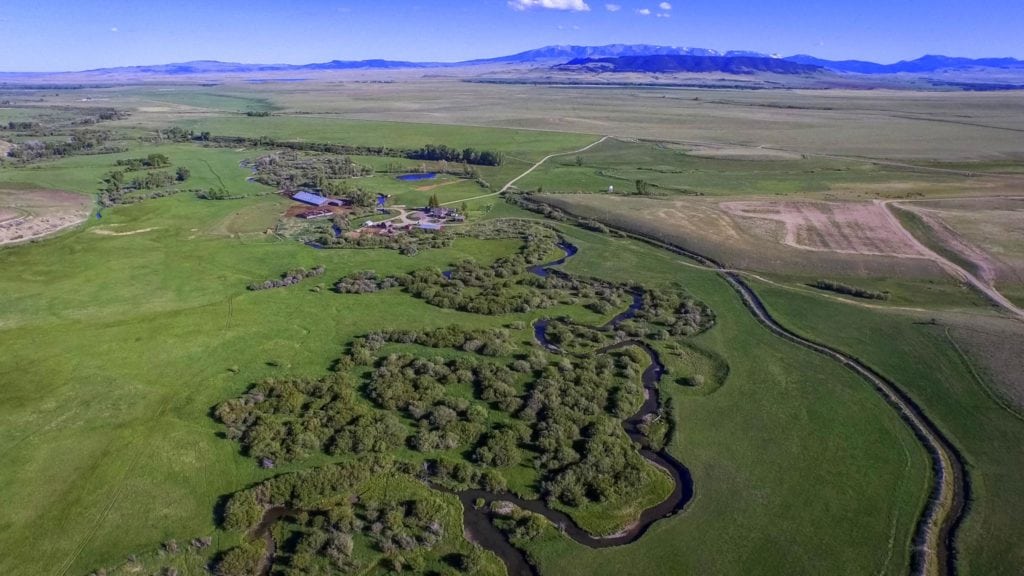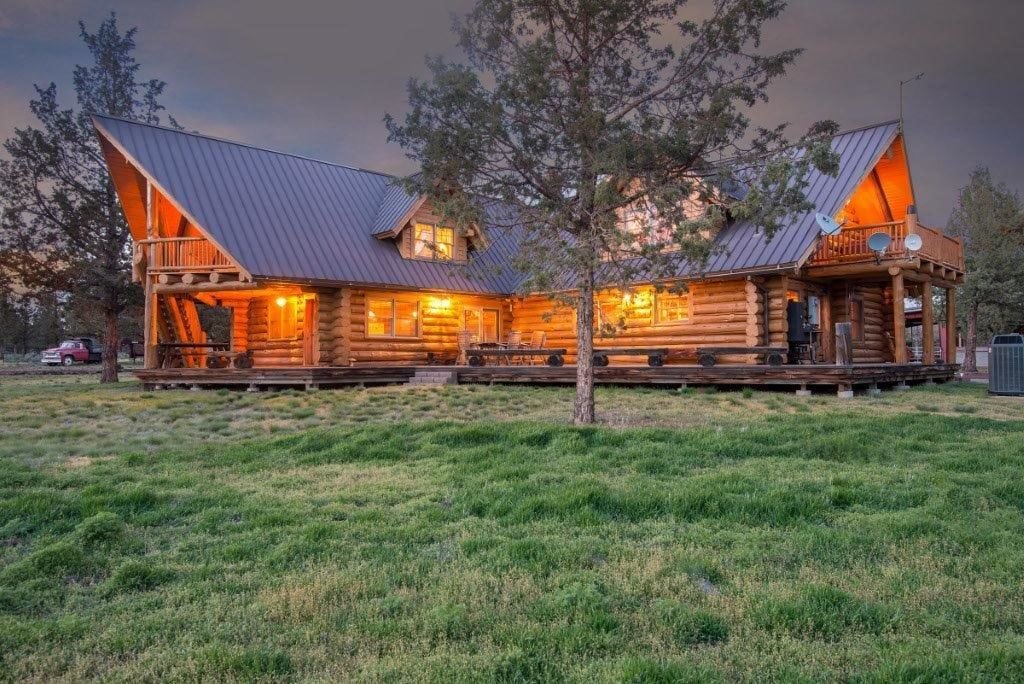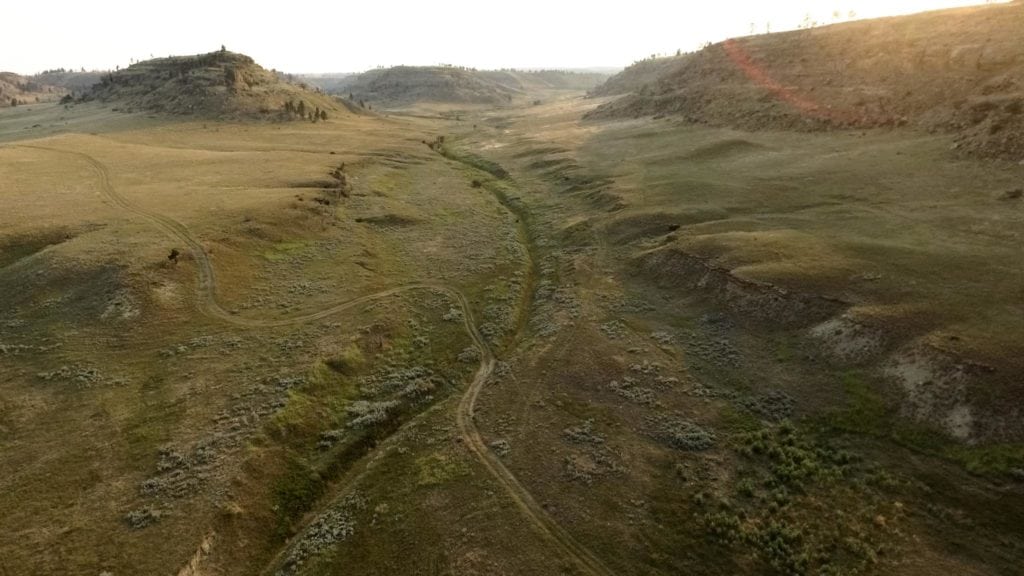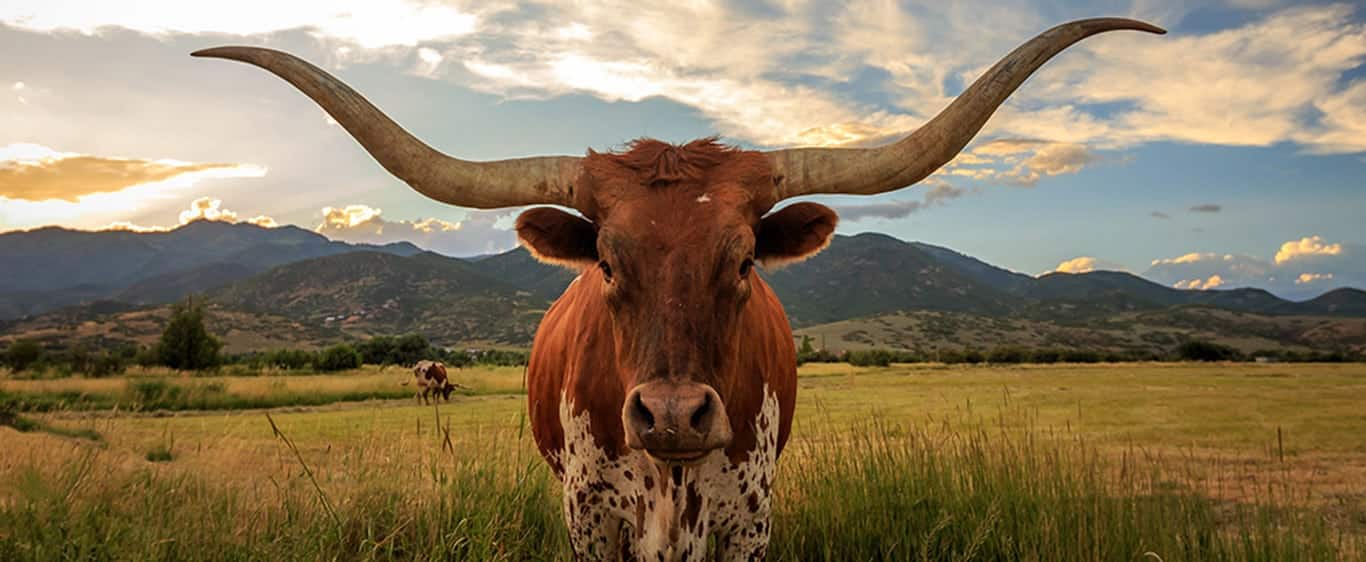August 2016 marks my 30th year selling land. I’ve been involved in some of the most significant land transactions in several states, including farms, ranches, timber and plantations. This article is about how to sell your land or ranch, however, many of the recommendations can be applied to different types of land in any state.
There are generally two types of ranch owners: the multi-generational ranch owner who uses the ranch as their primary income source, and the modern ranch investor who uses the ranch to recreate and as a gathering place for friends and family. For both of these ranch owners, selling a ranch is almost always an emotional process. For traditional ranch families, the ranch has been the fabric that has woven multiple generations together through shared work and hardship, as well as hard-fought successes fueled by a love of the land, country and family.
For an increasing number of ranch owners whose primary income does not come from the ranch, the property serves as a retreat. It is a place they go to escape from day-to-day life, learn new skills (like fly-fishing and horseback riding), gather family and friends and strengthen relationships through shared adventures. This is their happy place, where they sleep more soundly than any place on earth.
These are two very different owners, yet for each, when the day comes to sell, everywhere they look will be the tentacles of memories binding them to the land. The memories won’t go away, but there is a loss of connection when you can no longer walk the land. This day will occur at some point for most ranch owners. The key is to prepare and execute the process in a manner that ensures the most beneficial outcome for the owners and their families.

Consider taxes & financial planning
The first and most important step in selling your ranch is making sure your family’s tax and financial planning is current and competently prepared. This is particularly important for multi-generational ranch families. I say this because they are the most likely to neglect this stage. Modern ranch owners, who have purchased a ranch in the past 20 years or so as a family gathering place, often have excellent tax and financial advice. Traditional ranch families are more likely to be unprepared. It’s never too early to start planning for the tax and financial implications of selling your ranch, but it can be too late. If this is something your family has neglected, there’s still time; just be sure to do this before you list the ranch with a broker. This stage is enormously important if you want to keep as much of the proceeds of the sale for yourself and your family, and prefer not to pay Uncle Sam more than you have to.
Take care of family matters
An integral part of preparing to sell your ranch (again, this is primarily for multi-generational ranch owners) is communicating with your family members. There is an unfortunate irony regarding ranches that have been in the same family for generations; selling the ranch can be a wedge that splits families apart. Planning and communicating can decrease the possibility of this happening to your family.
Here’s a typical scenario: There are four grown kids who now have families of their own. One of the kids stayed on and has worked the ranch for the past 30 years. The others moved off after high school to Seattle or Denver and have lived lives very separate from the ranch. The parents pass on; the kids who don’t live on the ranch want to sell; the sibling who has spent a lifetime working the ranch doesn’t want to sell. They have sweat equity into the land while their siblings were chasing careers in the big city. They have a connection to the ranch their siblings may not understand. Selling means uprooting the family. They have nowhere to go and they may have a child of their own who wants to stay on and continue ranching.
Working with a family that is at odds on whether or not to sell the ranch is not only a negative process, it’s also a waste of everyone’s time. I don’t have a silver bullet solution for this situation. My advice is to plan, communicate and remember that there is nothing more important than family.

Prepare your ranch or land for show
As you contemplate selling your ranch, it is important to have an understanding of the process ahead of you, and to prepare your ranch to be as attractive as possible to potential buyers. This often involves cleaning up the junk. Ideally, this begins prior to putting the ranch on the market. For many ranch owners, there is an accumulation of old, discarded machinery often loosely organized in a “bone yard.” It is likely the buyer will require the bone yard be cleaned up as a condition of sale, which can add to the stress of selling. Cleaning up before offering your ranch for sale is beneficial because it will show better.
If you hire a good ranch broker to help you with the sale, one of the first things he or she will determine is the most attractive aspects of your ranch and how to best show these off to a potential buyer. As a landowner, these assets may be different from those you have always felt were the most valuable characteristics of your ranch, but a good broker will have a sense of what buyers are looking for and help you prepare.
If your ranch has a significant agricultural operation that makes money on an annual basis, you’ll need good books because you’ll have to show how you do it. The next owner may change the operation from grain to hay or from a cow/calf operation to yearlings, so your numbers may not be applicable to what they do going forward. However, if you want to market the ranch as an operation that makes money, you’ll have to have understandable books. This is also a good time to fix that loading shoot you’ve been meaning to get to.
Elk can be highly destructive to fences and can eat a tremendous amount of grass that a rancher would prefer to feed to his or her cows. However, if you are selling your ranch, elk can be highly desirable. Love em’ or hate em’, trophy size elk drive value. If you have big bull elk on your ranch regularly during hunting season, it makes sense to market your property as an elk hunting ranch. You’ll need to prove the animals are there, and the best way to do that is with photos. Collect photos of big elk that have been harvested on your ranch, and start taking photos of large bulls. A game camera can be a good way to accomplish this.
If you have a trout fishery, this will drive value. If the trout are big, you’ll also need photos of these. Keep a trail cut along the fishery to make it easy for people to walk or drive along it. This is beneficial for showing off a valuable asset and also protects against fire danger. If you hire a good ranch broker to market your ranch, he or she will know how to show off the most valuable characteristics of your ranch, whether it’s the agricultural operation, the views, the big game hunting, the trout fishery, the upland bird hunting, the waterfowl hunting or, ideally, a combination.
Deciding on a land brokerage company
Once you’ve assessed your property, you’re ready to decide on which brokerage company to work with. If you have a ranch (or a farm, timber tract or plantation), don’t list with a company that sells residential or commercial real estate. Instead, work with a company that only sells land. As a land specialist, when I have a house I need to sell, I list with a residential agent because houses are their specialty and they know the residential market much better than I do. Selling land is a specialized business, so you want to work with a land broker. You’ll also want to think about which land brokerage company will expose your ranch to the largest qualified audience. This is often referred to as “reach.” The more qualified buyers that are aware of your ranch, the better.
Many land brokerage companies have websites, but rely almost entirely on local marketing, which greatly limits your audience. The other end of the spectrum are companies that have an extensive marketing program targeted at land investors. This is a very costly undertaking for a brokerage company, but from a seller’s standpoint, highly desirable. Look to see which companies are marketing and doing business from coast to coast. The best companies have a multi-pronged marketing program that includes digital, print advertising and event sponsorship. It is also important that the company has spent many years developing relationships with land investors. The majority of a good company’s transactions will come from these relationships. Look for the company that casts the largest net.
Historically, land brokerage companies have been somewhat covetous of their listings, and some intentionally erect hurdles to deter agents from other companies from showing their listings so they don’t have to share the commission.
This approach is not in the best interest of the seller. It is important that your broker has spent time and effort developing relationships with land brokers from other companies and treating them in a manner that makes them want to show your ranch. The company you choose to list your ranch should have a reputation of “playing well” with others, which increases the exposure of your ranch to qualified buyers.

Choosing a broker
You will also want to list your ranch with a trustworthy broker that you like. Do they tell you the truth, or do they just tell you what you want to hear? Are they straight shooters, do they have a good reputation, and do you feel like you can trust him/her? Do you think they’ll do a good job showing your ranch, provide a quality experience for the potential buyers, and show off the most important attributes? Or are they just going through the motions?
Some brokers will just drive the potential buyers around and never get out of the truck. A good broker will figure out a way for the buyers to experience your ranch. They’ll let the buyers take a walk, catch a trout, look for elk, have a nice picnic in a particularly scenic spot. If your agent has three or four ranches to show the buyer in a day, they may not have time to do this on their first visit, but if they come back for a second showing, it’s important that your ranch stands out and the buyers have a chance to experience it.
Pricing your ranch or land
When it comes time to price your ranch, if you’ve chosen a good, trustworthy broker, and they’ve done their homework, listen to their recommendation on price. One of the oldest tricks in the book for getting a listing is intentionally providing the seller an inflated value. This is called “buying the listing.” Most sellers have an inflated sense of the value of their ranch, so it’s very easy to tell a seller what they want to hear. However, the best brokers tell the truth.
If you’re interviewing more than one company, it’s very tempting to list with the company that gives you the highest recommended list price. This is the equivalent of getting three bids for a construction job and taking the lowest bid—it almost always works out poorly because the company is compensating for some deficiency. Keep in mind that there is much more to consider than price when evaluating a land brokerage company.
If you end up listing with the company that gave you an inflated value, stay in touch with the company that gave you an accurate valuation. It’s very likely your ranch won’t sell during the listing period with the first company, and you’ll end up listing with the company that was truthful.
It’s not easy to accurately estimate the value of a ranch, as each one is unique and often has subjective value (for example, great scenery, a great location, and excellent recreational amenities).If you list with the right company with a substantial database of potential buyers, it’s likely you’ll get a good sense of how well you did pricing the ranch within the first three to six months. If there are a lot of requests for brochures, but few showings and no offers, it’s likely you’ll need to make a price adjustment. The market will let you know when you’ve priced the ranch accurately. If you haven’t priced the ranch accurately you’ll need to go through a discovery period of price adjustments until the market lets you know you’ve hit the mark. The best scenario is to price the ranch accurately from the outset, which will likely attract more than one interested party, putting the seller in the driver’s seat. Then, the seller has leverage throughout the negotiating process and ultimately the result is often a higher price than if the ranch had undergone a series of price reductions.
Choosing the right offer
Receiving an offer can be an exciting time, depending upon how the offer is written, and if the offer price is in the ballpark. The details can vary from region to region and ranch to ranch, but generally an offer will consist of a clearly stated price, an earnest money amount that is approximately three percent of the offer price, and a due diligence period that generally lasts from 30 to 60 days.
The due diligence period refers to the time allotted for the interested buyer to research the ranch. The buyer will have specific areas that they plan to research, which are referred to as “contingencies.” The contingencies often included researching the title report, the water rights, mineral rights and the environmental condition of the ranch.
There can also be contingencies that are specific to a ranch. There are almost always issues identified during due diligence, and while some can be solved, some cannot. If the ranch has issues that cannot be solved, the buyer has to decide if they can live with them or not. If the issues are significant enough that the buyer decides they no longer want to buy the ranch, they have the option of terminating the transaction and receiving their earnest money back. A third option is the buyer proposes a reduction in the purchase price equivalent to their perception of the diminution in value the issue represents. This can lead to a second period of negotiation. If the ranch passes inspection, the buyer waives their contingencies, the earnest money becomes non-refundable, and the transaction proceeds to closing. Closing often occurs within 15 to 30 days from the date the buyer waives due diligence.
After the sale
It is important to consider what to do with the proceeds from your sale before the day of closing. If you’ve experienced a gain, there are tax implications to selling your ranch. One option to consider is a 1031 Tax Deferred Exchange. For a better understanding of 1031 Exchanges, do some research on the internet and talk with your tax expert. Some clients we’ve worked with have done 1031 Exchanges into commercial buildings, which both defers the tax payment on your gain and can provide income going forward.
The intent of this article is to give landowners a sense of the process of selling your ranch. Each ranch is different and comes with its unique set of attributes and challenges too numerous to address here. Fay Ranches handles the sale of farms, ranches, timber and plantations throughout the U.S., and as a result, we run into a variety of unique challenges specific to the property, the region and the individuals involved. No two transactions are the same, but hopefully you now have a general idea of what to expect.
If you have any further questions about the process of selling your ranch, please contact the Fay Ranches broker located closest to your property, and they will be happy to help you find the answers.
This article appears in the winter 2017 issue of LAND magazine. Visit www.landmagazines.com to read more and subscribe to future issues of both LAND magazine and TEXAS LAND magazine.



